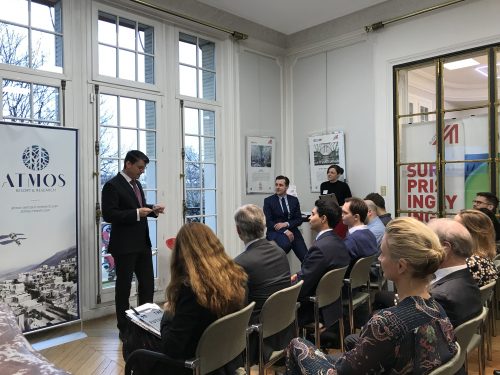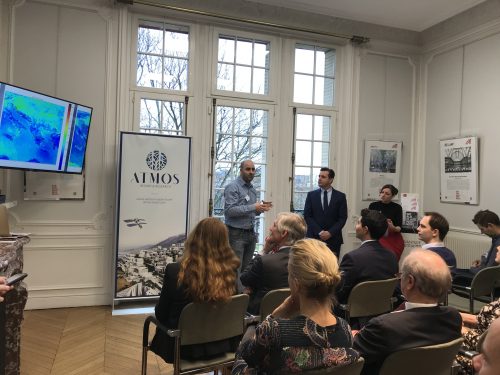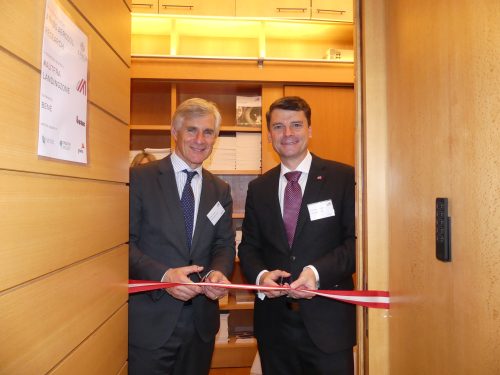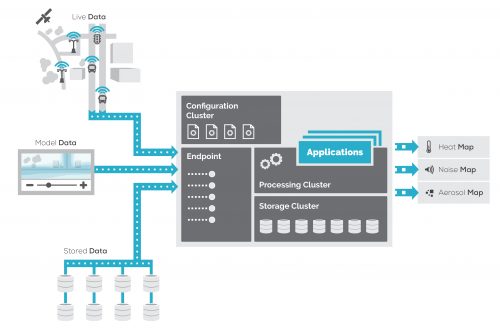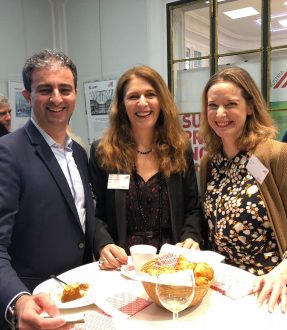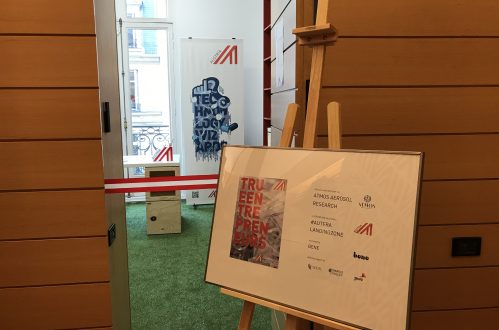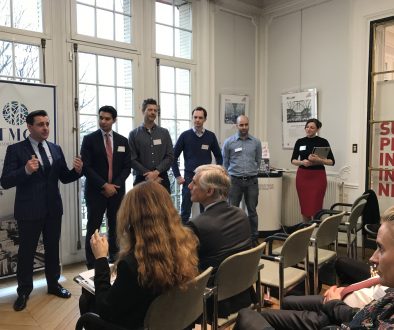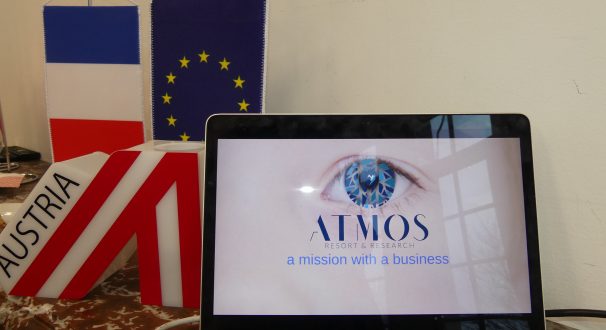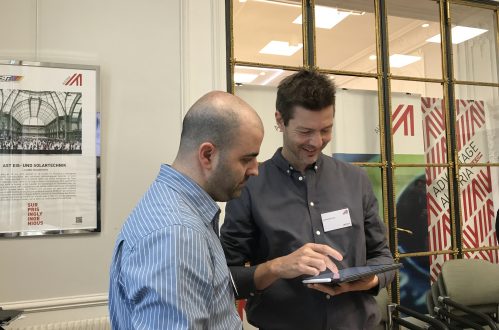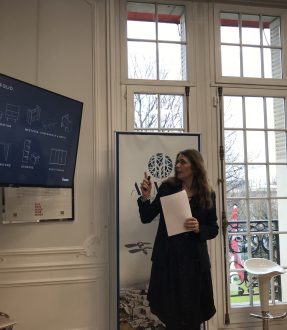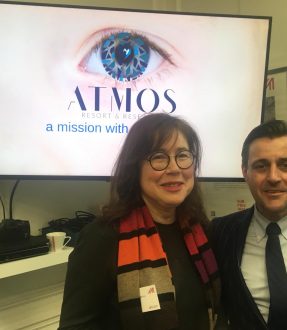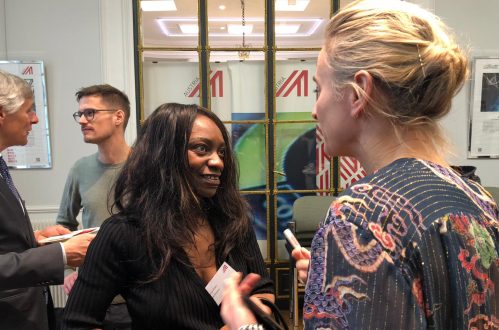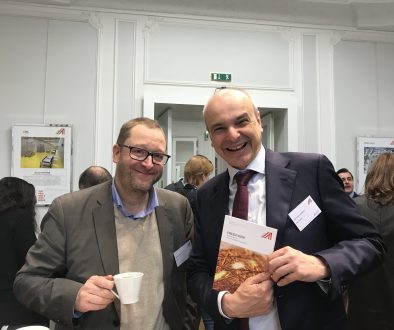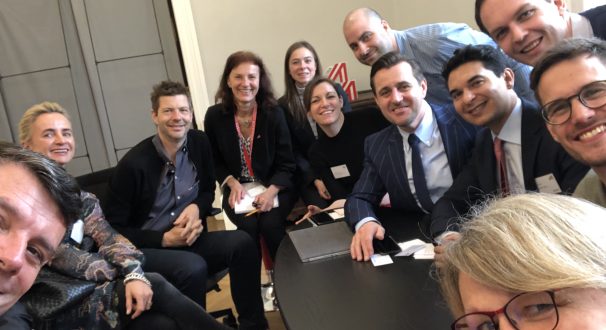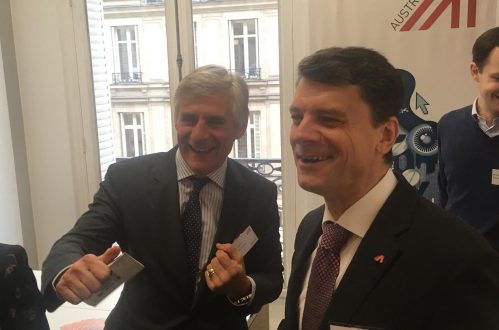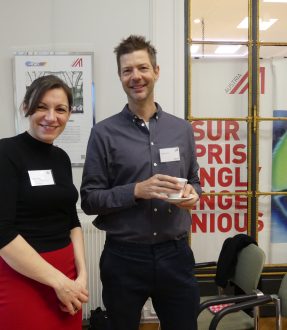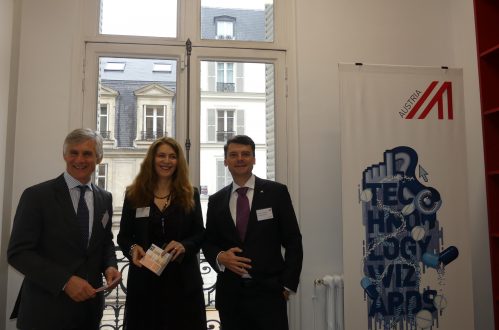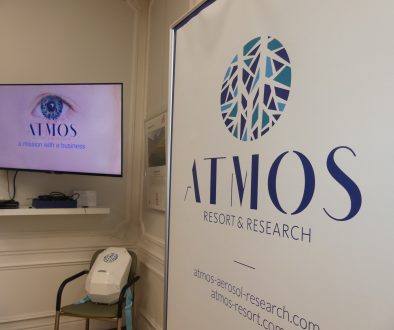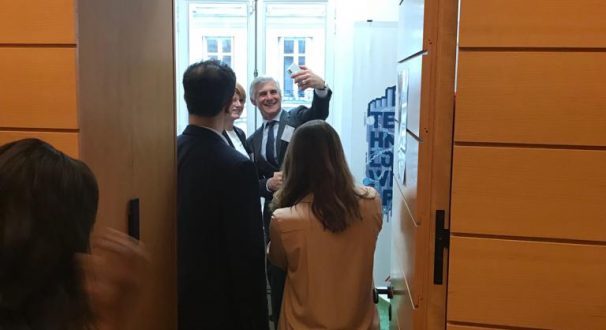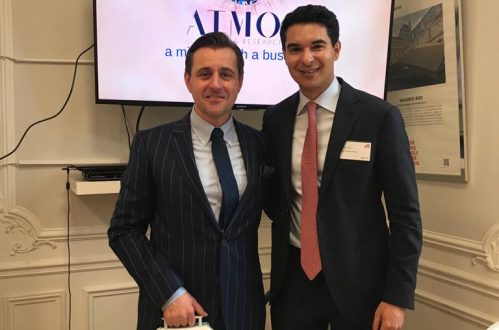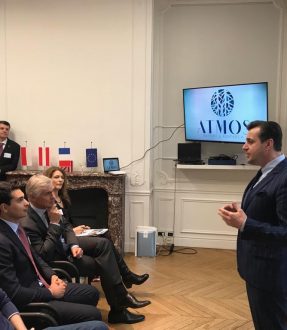ATMOS Aerosol Research - a``Star(t)up`` with disruptive energy
The international and interdisciplinary alliance behind the Linz-based start-up ATMOS Aerosol Research and founder Chris Müller makes the significance and importance of the global air problem visible: Al Gore consultant Dr. Alois Flatz, Prim. Private Doc. Dr. Bernd Lamprecht (Chairman of the Pulmonary Clinic at Kepler University Hospital), the world’s second most valuable IoT start-up according to the Forbes list crate.io with founder Jodok Batlogg, Upper Austria’s leading IT innovator Catalysts with Stefan Amberger, Segment Leader of Space Sciences at ATMOS Aerosol Research Michael Aspetsberger, David Fuertes of GRASP in Lille (France), the Austrian Health Academy with chairman Dr. Michael Kraus, Katharina Kraus of Donaufinanz Afrique, Cisco Business Development with Mikel Gindy and many more. A small team became an interdisciplinary and international alliance against lung diseases and for atmospheric research! ATMOS Aerosol Research uses the #AUTFRA LandingZone in the Foreign Trade Center Paris as a stepping stone to France. An ideal starting point to reach the African continent, where 100% of people under 5 years of age are exposed to air pollution that the WHO classifies as a health hazard.
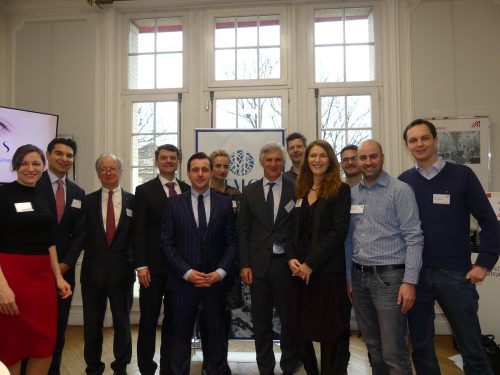
from left: Dr. Maria Dietrich (ATMOS), Mikel Gindy (Cisco), Dr. Michael Kraus (Austrian Health Academy), Christian H. Schierer (AußenwirtschaftsCenter Paris), Chris Müller (ATMOS), Katharina Kraus (Donaufinanz Afrique), Dr. Michael Linhart (Ambassador of the Republic of Austria in France), Jodok Batlogg (crate.io), Valérie Ducruet (Bene France), Stefan Amberger (Catalysts), David Fuertes (GRASP), Michael Aspetsberger (ATMOS)
“This technology has the disruptive power to change our view of the world.”
ATMOS Aerosol Research – “a star(t)up”, as the Austrian economic delegate for France and Monaco, Christian H. Schierer, called it at his presentation – emerged from the cooperation of the software specialists Catalysts with CEO Dr. Christoph Steindl and the ATMOS project of tobacco factory director Chris Müller. “This technology has the disruptive power to change our view of the world,” continued Schierer. This means, among other things, that the technology of ATMOS Aerosol Research can represent air particles over the entire globe at any height with unprecedented precision and depth of detail.
Make the invisible visible
With the highly complex GRASP algorithm, which is based on a physical model, the data of global space stations can be analysed so precisely that precise statements can be made about where the particles are located, at what altitude they float, how they are made and what they consist of (e.g. sand, fine dust or health-promoting salt particles). In this way, statements can also be made about the influence on health and weather. Previous analyses have been based on index calculations, GRASP includes nearly 50 aerosol and surface parameters, such as concentration, particle size distribution, spectral refractive index, degree of sphericity and absorption, etc. The results of the GRASP analysis have been used to determine the effects of the analysis on health and weather.
The Austrian Ambassador Dr. Michael Linhart immediately recognized that clean air has become a rare commodity and that Linz can help with a global problem. The ATMOS delegation of software and project developers, physicians and researchers presented the new technology and solutions for an increasingly serious problem, namely air pollution, to a top-class audience from business, industry, metrology and in the presence of the Austrian ambassador at the Austrian Foreign Trade Centre in Paris.
Among the guests were representatives of well-known French automobile manufacturers, hospital builders and operators, investors, municipal and city politicians, weather stations and startup hub operators who want to enter into concrete discussions with ATMOS Aerosol Research immediately.
The technology can be quickly applied in Smart City projects, for example, where intelligent traffic control or urban planning interventions in public spaces can guarantee immediate and long-term air protection.




